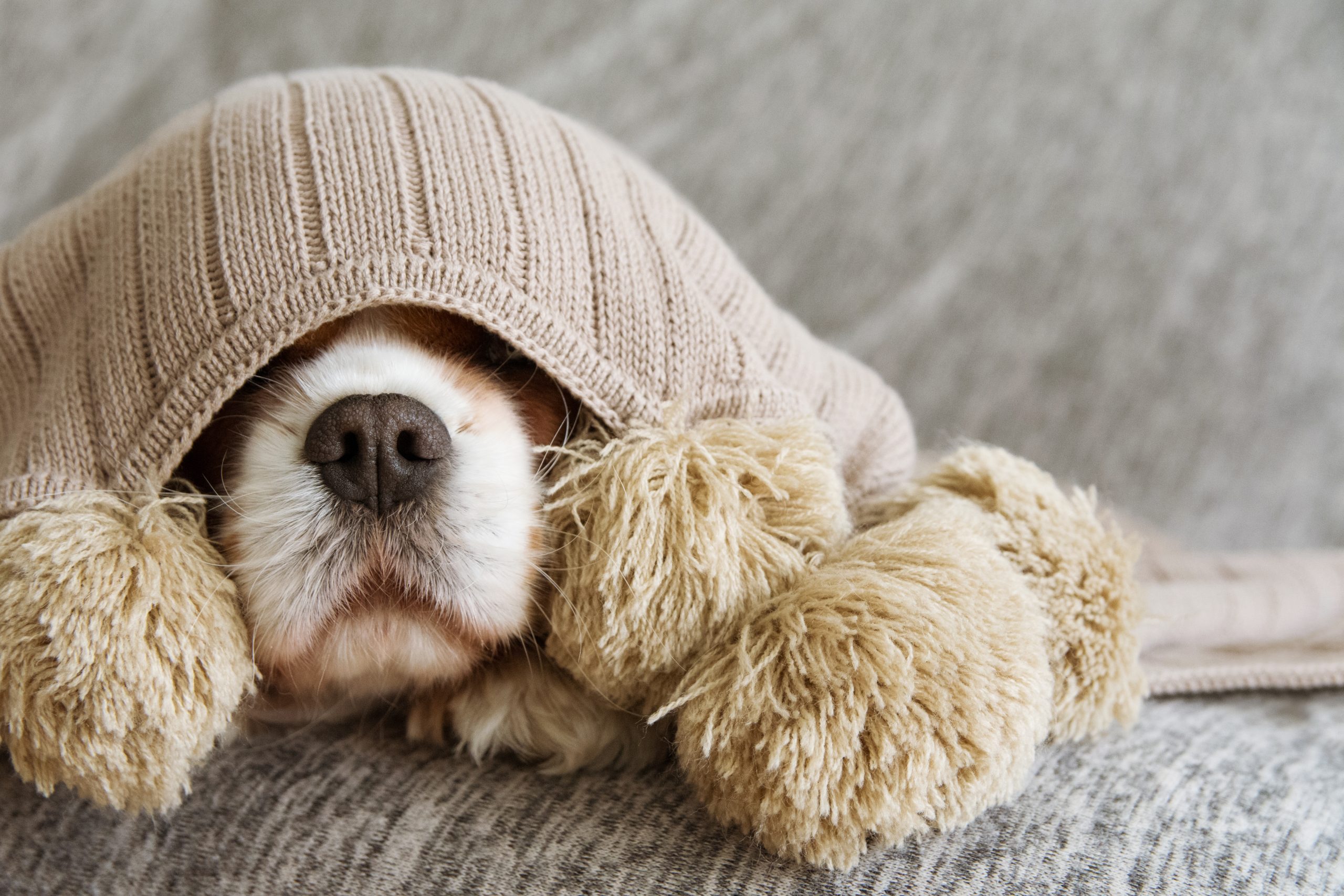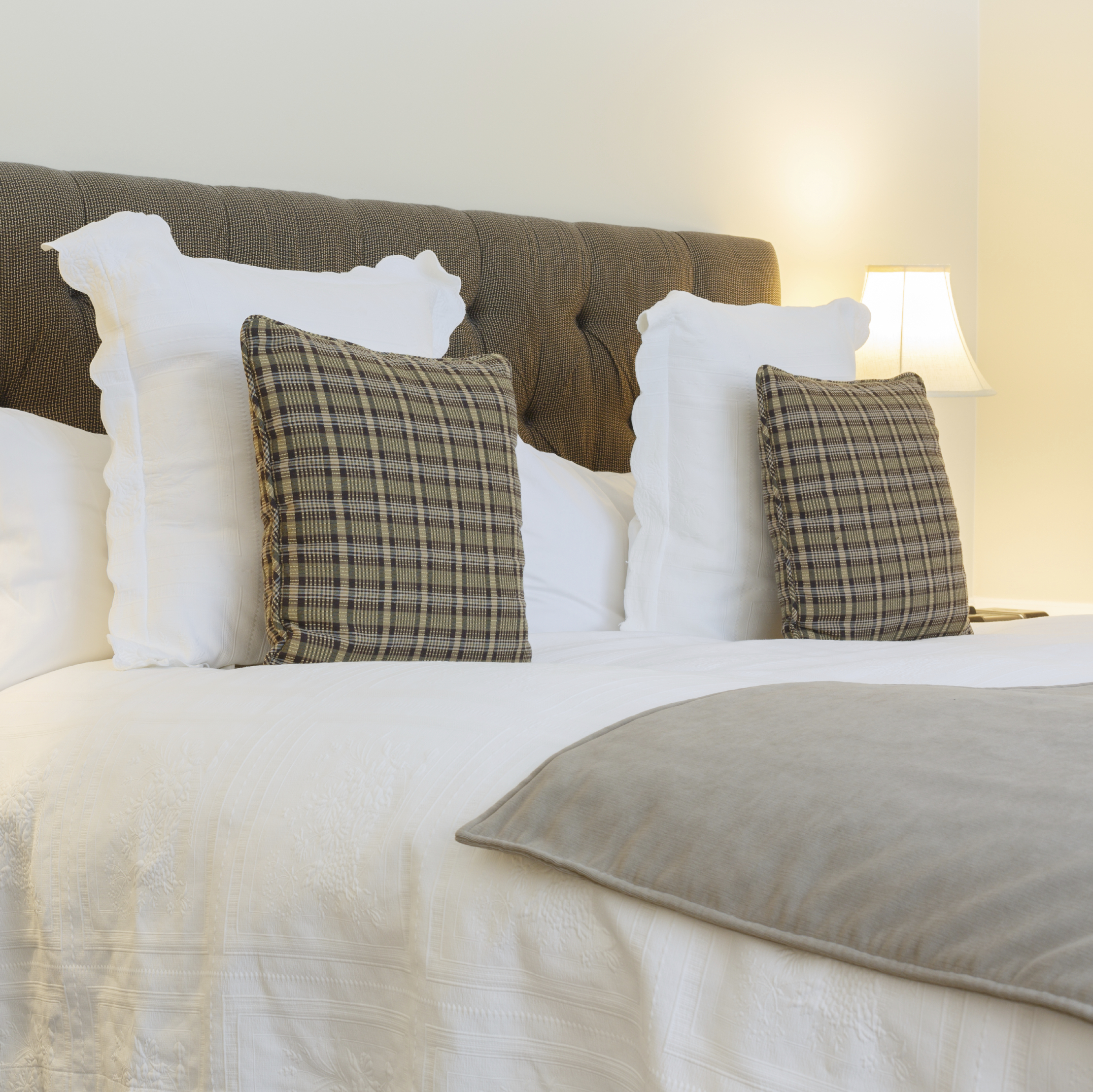
Take extra care of very young or elderly pets during the winter months. The cold can be fatal for young puppies or kittens, particularly during the first few days after birth. Older pets tend to have more sluggish circulatory systems, which means they are more likely to find it harder to keep warm in the cold weather. Older dogs often suffer from arthritis and this is exasperated by the cold.
If your dog or cat is very short-haired, they will benefit from the added warmth of a jacket when they go outside. There are some great ones available but they need to be functional and waterproof- not just fashionable. Be sure to make sure jackets fit snugly but don’t restrict movement.
Make sure they have a warm place to sleep at night, away from any draughts and if your dog is an outdoor dog, be sure that his/her kennel is waterproof. Older animals should sleep on a cushioned bed that is elevated off the ground.
Remember exercise is important in winter too. It can be very tempting to stay by the fire on winter days, or avoid a walk around the block after a long day in the office but it is important your pet maintains a regular exercise routine throughout winter. This is good for their fitness and will prevent boredom. Dry your dog thoroughly if they have become wet from walking and if it’s muddy outside, regularly check between paws to make sure they haven’t collected balls of mud.

